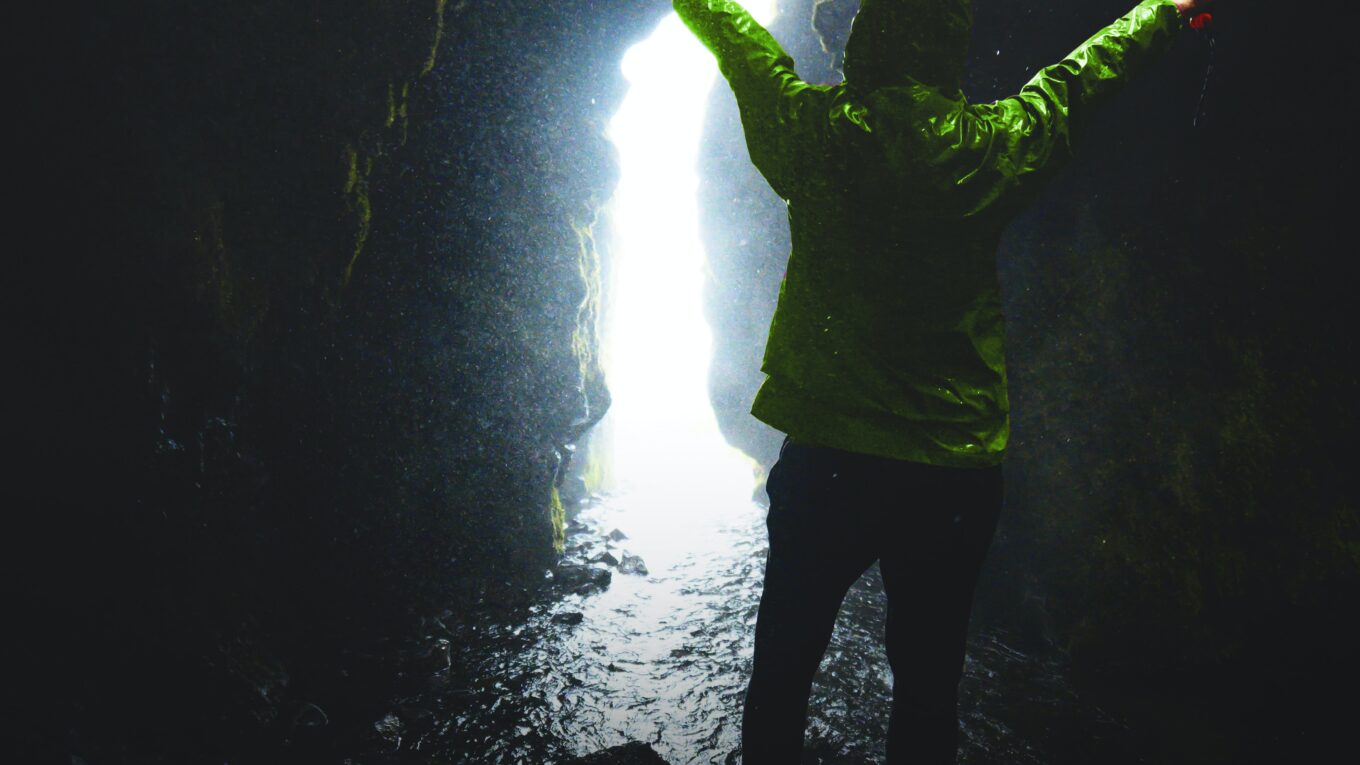Scalar: a place and an action
It has begun. The basic structure of my dissertation has been set up in Scalar software and I am re-learning how to navigate and create in this digital tool. While the limitations are coming to light quickly, the affordances are also emerging as I build the interplay between pages, media, pathways, and organizational tools.
Here is the link to the DRAFT document that will BECOME the dissertation – for those who see or support this process, understand that what you see and experience is transitory and emergent. While your comments may be helpful in shaping the final document, they may also be premature in that this is a work in progress.
Critical media and digital literacies in Canadian teacher educators’ open educational practices: A post-intentional phenomenology – a PhD dissertation.
For those not familiar with Scalar, begin with this introductory video [Introduction to Scalar] or the video below. You can also explore the navigational video and Scalar site I created for my comprehensive portfolio – Labyrinth Navigation.
Scalar in research
I am reading a number of articles focusing on literacy research and defining transliteracy, multiliteracy, and exploring research tools to study these phenomena. This is an attempt to bring some sense-making with data and beginning the analysis that is yet to come out of my research. Interestingly, each article includes Amy Stornaiuolo as an author.
Stornaiuolo, A., & LeBlanc, R. J. (2016). Scaling as a literacy activity: Mobility and educational inequality in an age of global connectivity. Research in the Teaching of English, 50(3), 263–287. https://www.jstor.org/stable/24889922
This notion of scale is a compelling one for my research. It is offered by Stornaiuolo and LeBlanc as a conceptual tool to capture movement and dynamically constructed literacies and texts through a variety of “spatial and temporal dimensions” (Stornaiuolo & LeBlanc, 2016, p. 264). These “scalar forces and layers” (p. 264) range from the transnational to national to regional to local to singular and “may intersect and be woven together in literacy practice” (p. 265). Stornaiuolo & LeBlanc (2016) present six “scalar moves – upscaling, downscaling, aligning, contesting, anchoring, and embedding – in hopes of more fully accounting for literacies complexities in an increasingly globalized and connected world” (p. 265). Scaling accounts for the “hyperfluidity of modernity” and recognizes shifting notions of time and space. (Stornaiuolo & LeBlanc, 2016). I will explore these six scalar moves in greater detail to see where and how they can inform my data analysis.
Interestingly, this notion of scale is adopted from the field of geography and describes “stratified levels of generalization as a series of vertically nested spaces (e.g., house, block, neighborhood, city, state, country, nation, continent” (p. 265). Translating this concept to sociolinguistics suggests a relativity and layering, and a process of exploring the macro, meso, micro and nano relations, interactions and conflicts. In this paper, Stornaiuolo and LeBlanc introduce me to the term chronotope, which the Oxford Reference Dictionary describes as a “term employed by the Russian literary theorist Mikhail Bakhtin (1895–1975) to refer to the co-ordinates of time and space invoked by a given narrative; in other words to the ‘setting’, considered as a spatio-temporal whole”.
This reminds me of the post-intentional phenomenological strategy to iteratively analyze data “offerings” (Rocha, 2015) through wholistic, selective and detailed readings (van Manen, 2014) that can shape and crystallize the facets found within whole, parts, meanings, particularities, and unique assemblages [Phenomenology section of the proposal literature review].
The authors further describe the six scalar moves – “upscaling, downscaling, and anchoring refer to instances of an individual locating themselves in space and time and in relation to other people and resources through scalar jumps, while aligning, contesting, and embedding describe relationships between scalar dimensions as they are layered together” (p. 272). They provide a table on page 273 that shows examples and analysis of these analytic scalar moves which is informative for my work towards analysis of this research.
References
Rocha, S. (2015). Folk phenomenology: Education, study, and the human person. Pickwick Publications.
van Manen, M. (2014). Phenomenology of practice. Routledge.
